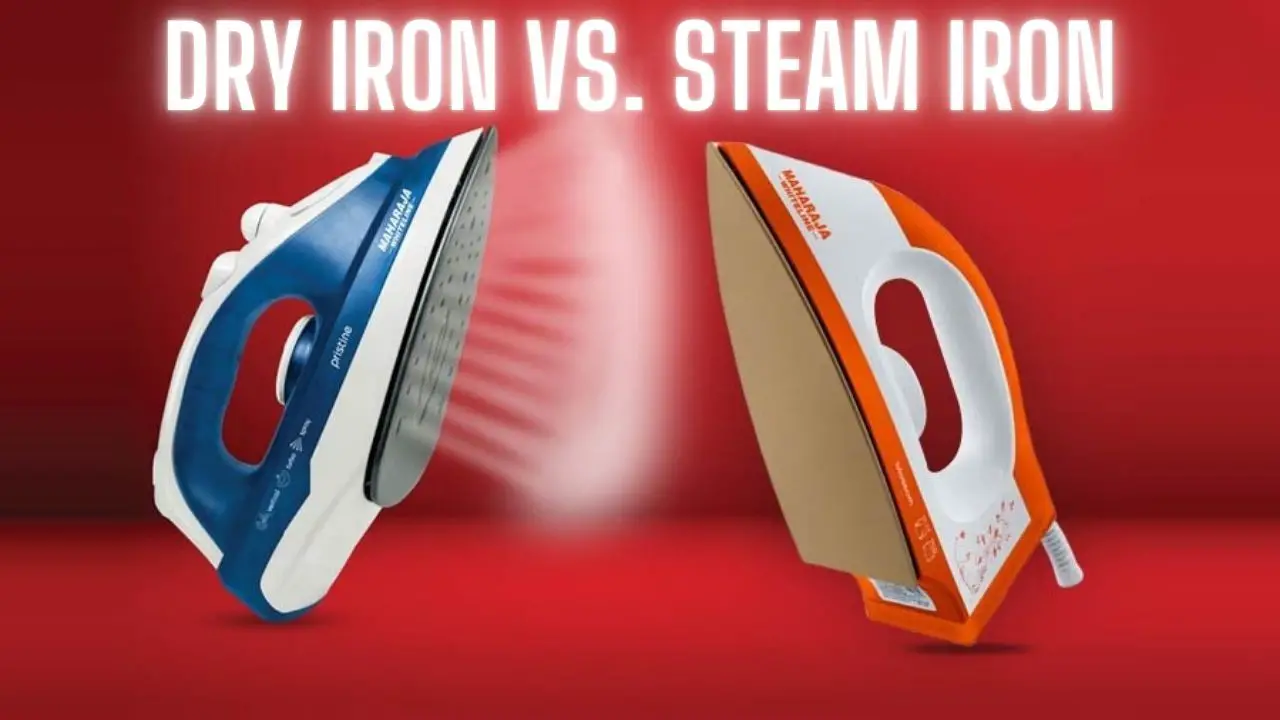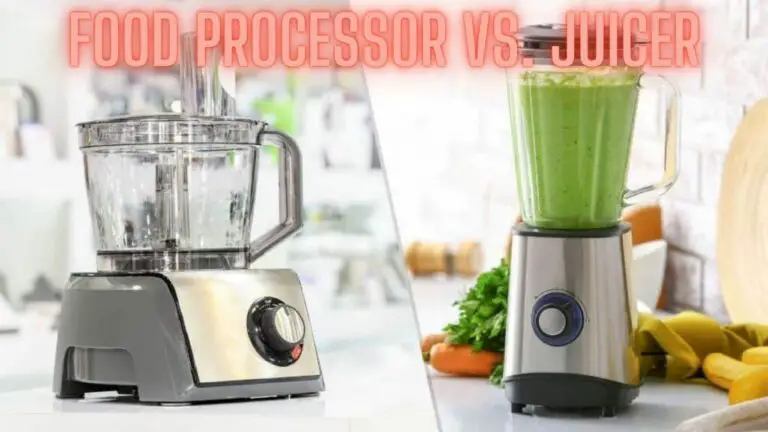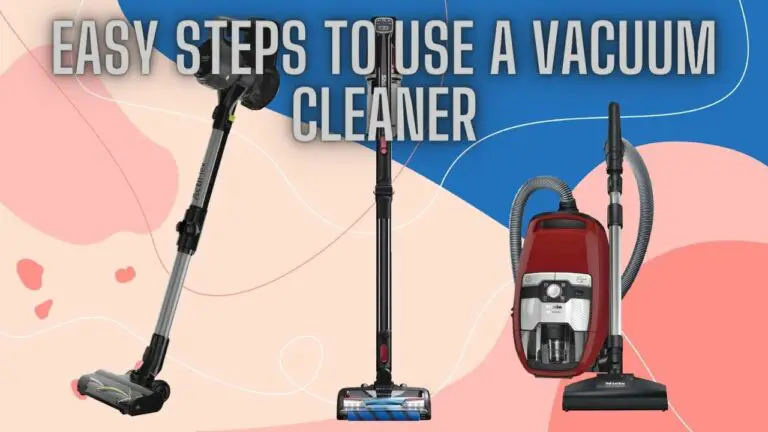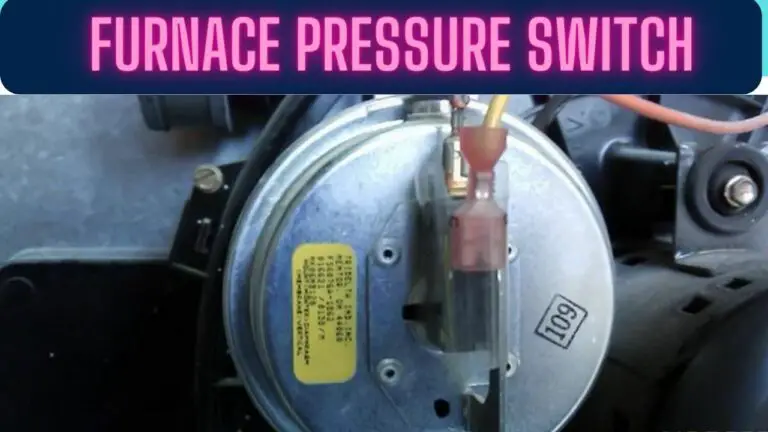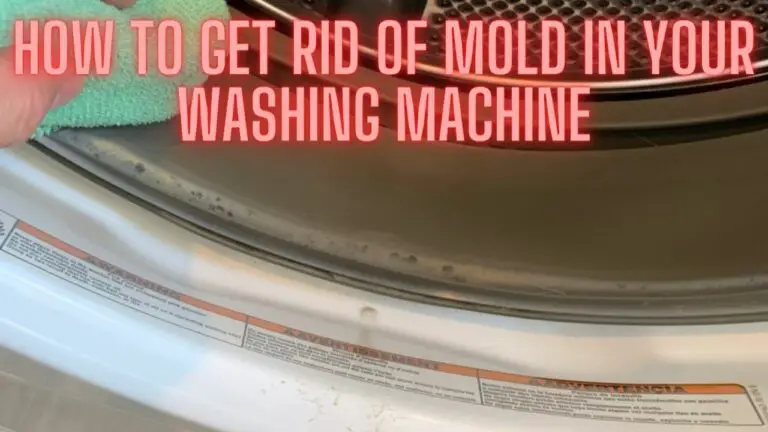Dry Iron vs. Steam Iron: Which One Should You Choose?
1. Introduction
Ironing clothes is a household chore that most people are familiar with. Whether you’re getting ready for work, or a special occasion, or just want to look polished, having wrinkle-free clothes is essential. To achieve this, you need the right tool—an iron. When it comes to irons, two main types are popular: dry irons and steam irons. In this comprehensive guide, we’ll explore the differences between dry irons and steam irons, their advantages and disadvantages, and how to choose the one that best suits your needs.
Ironing is a crucial step in maintaining a neat and polished appearance for your clothing. It helps eliminate wrinkles, creases, and folds, leaving your garments looking fresh and well-groomed. To achieve this, you have two primary options: dry irons and steam irons. Both types of irons have their own set of features, advantages, and drawbacks. Choosing the right one depends on your ironing needs and preferences.
In this guide, we’ll look closer at dry irons and steam irons, delving into their respective workings, benefits, and limitations. By the end, you’ll have a clear understanding of which type of iron is the best fit for your wardrobe and lifestyle.
2. Dry Iron: A Closer Look
2.1 How Dry Irons Work
Dry irons, as the name suggests, are designed to iron clothes without the use of steam. They operate based on the simple principle of heat transfer. When plugged in and heated, the soleplate of the dry iron becomes hot, and this heat is directly applied to the fabric to remove wrinkles and create a smooth finish.
2.2 Advantages of Dry Irons
- Simplicity and Affordability: Dry irons are straightforward appliances with minimal components. This simplicity often translates to affordability, making them budget-friendly options for those who don’t require advanced features.
- Versatile for Different Fabrics: Dry irons can be used on various fabrics, including cotton, linen, and silk. They are less likely to scorch delicate fabrics compared to steam irons, which emit moisture.
- Easy to Maintain: Dry irons are relatively easy to maintain. They require no water, so there’s no risk of mineral buildup or limescale that can affect steam irons over time.
- Lightweight and Compact: Dry irons are typically lightweight and easy to store, making them ideal for small living spaces or for those who need portability.
2.3 Disadvantages of Dry Irons
- Lack of Steam: The absence of steam in dry irons means they may not effectively remove stubborn wrinkles or creases from some fabrics, particularly thick or heavily wrinkled items.
- Less Efficient on Some Materials: Dry irons may struggle with fabrics like denim or heavy cotton, where the added moisture from a steam iron can help relax fibers and ease ironing.
- No Vertical Steaming: Dry irons cannot perform vertical steaming, which is useful for quickly freshening up hanging garments.
3. Steam Iron: A Closer Look
3.1 How Steam Irons Work
Steam irons are equipped with a water tank and a steam-generating mechanism. When water in the tank is heated, it converts into steam, which is then released through tiny holes in the soleplate. The combination of heat and moisture helps relax fabric fibers, making it easier to remove wrinkles and achieve a crisp finish.
3.2 Advantages of Steam Irons
- Efficient Wrinkle Removal: Steam irons are highly effective at removing wrinkles and creases from a wide range of fabrics. The added moisture makes ironing smoother and faster.
- Vertical Steaming: Many steam irons offer a vertical steaming feature, allowing you to steam garments while they hang. This is convenient for refreshing clothes between wears.
- Variable Steam Settings: Steam irons often come with adjustable steam settings, giving you control over the steam output based on the fabric you’re ironing.
- Additional Features: Steam irons may include features such as anti-drip systems, self-cleaning functions, and auto-shutoff for enhanced safety and convenience.
3.3 Disadvantages of Steam Irons
- Complexity and Cost: Steam irons are generally more complex in design and often cost more than dry irons. The water tank and steam-generating mechanism add to their overall complexity.
- Maintenance: Steam irons require regular maintenance to prevent mineral buildup from tap water, which can affect their performance. Using distilled or demineralized water can help mitigate this issue.
- Not Suitable for All Fabrics: While steam irons are versatile, there may be some fabrics, like delicate silk or satin, that are best ironed with a dry iron to avoid potential water spots or damage.
Differences between Dry Iron vs. Steam Iron
- Basic Functionality:
- Dry Iron: Dry irons use heat and pressure to remove wrinkles from fabrics without the use of steam. They rely solely on the heat generated by the heating element to smooth out wrinkles.
- Steam Iron: Steam irons have a built-in water reservoir and heating element that produce steam. The steam is released through vents in the soleplate to help penetrate fabrics and remove wrinkles more effectively.
- Operation and Usage:
- Dry Iron: Dry irons are straightforward to use and typically have temperature control settings to adjust the heat based on the fabric type. They are suitable for delicate fabrics that may be damaged by steam.
- Steam Iron: Steam irons offer versatile ironing options, including adjustable steam settings, spray mist, and steam burst functions. They are ideal for tackling stubborn wrinkles on a variety of fabric types.
- Suitable Fabrics:
- Dry Iron: Dry irons are suitable for delicate fabrics like silk or wool that may be damaged by steam. They provide precise heat control without the risk of water spotting or staining on delicate fabrics.
- Steam Iron: Steam irons are effective for ironing a wide range of fabrics, including cotton, linen, and synthetic materials. The steam helps relax the fibers and allows for faster and more efficient ironing.
- Efficiency and Effectiveness:
- Dry Iron: Dry irons may take longer to remove wrinkles compared to steam irons, especially on heavier fabrics. However, they are still effective for basic ironing tasks and touch-ups.
- Steam Iron: Steam irons are more efficient at removing wrinkles, thanks to the steam that helps penetrate fabrics and smooth out wrinkles quickly and effectively.
- Additional Features:
- Dry Iron: Dry irons typically have fewer features compared to steam irons. They may include basic temperature control settings and a soleplate made of non-stick material for smooth gliding.
- Steam Iron: Steam irons come with additional features such as vertical steam, spray mist, burst-of-steam, and self-cleaning functions. Some models also offer digital temperature controls, auto-shutoff, and anti-drip systems for added convenience.
- Maintenance and Care:
- Dry Iron: Dry irons require minimal maintenance since they do not use water. However, it’s essential to keep the soleplate clean and free of any residue to prevent sticking and staining on fabrics.
- Steam Iron: Steam irons need regular maintenance to ensure optimal performance. This includes cleaning the water reservoir, descaling the internal components to remove mineral buildup, and occasional self-cleaning cycles.
- Cost Comparison:
- Dry irons are generally less expensive than steam irons due to their simpler design and lack of steam-generating capabilities. However, the cost may vary depending on the brand, features, and quality of construction.
In summary, the main differences between dry irons and steam irons lie in their functionality, usage, effectiveness, and additional features. The choice between the two depends on your ironing needs, fabric types, and personal preferences.
4. Choosing Between Dry and Steam Irons
Choosing between dry and steam irons depends on your specific needs, preferences, and the types of fabrics you commonly iron. Here’s a comparative analysis to help you decide:
Dry Iron:
- Basic Functionality:
- Dry irons are the traditional type of iron that use heat and pressure to remove wrinkles from fabrics without the addition of steam.
- Simple Operation:
- Dry irons are straightforward to use and typically have fewer settings compared to steam irons. They usually have temperature control settings to adjust the heat based on the fabric type.
- Suitable for Delicate Fabrics:
- Dry irons are suitable for delicate fabrics that may be damaged by steam, such as silk or wool. They provide precise heat control without the risk of water spotting or staining on delicate fabrics.
- No Water Required:
- Dry irons do not require water refills, making them convenient for quick touch-ups or travel. They are also lightweight and easy to maneuver.
- Lower Cost:
- Dry irons are generally less expensive than steam irons since they lack the steam-generating capability. They are a budget-friendly option for basic ironing needs.
Steam Iron:
- Steam Functionality:
- Steam irons have a built-in water reservoir that heats water to generate steam. The steam is released through the soleplate to help penetrate fabrics and remove wrinkles more effectively than dry irons.
- Efficient Wrinkle Removal:
- Steam irons are ideal for tackling stubborn wrinkles and creases, especially on heavier fabrics like cotton or linen. The steam helps relax the fibers and allows for faster and more efficient ironing.
- Versatility:
- Steam irons often come with additional features such as vertical steam, spray mist, or burst-of-steam functions, providing versatility for different ironing tasks and fabric types.
- Steam Burst:
- Many steam irons offer a steam burst feature, which delivers an extra burst of steam to particularly stubborn wrinkles. This feature is useful for heavy-duty ironing tasks and ensures a professional finish.
- Refillable Water Tank:
- Steam irons have a refillable water tank that may need to be refilled periodically, depending on the frequency and duration of use. Some models feature large-capacity tanks for extended ironing sessions without refills.
- Enhanced Features:
- Steam irons may come with additional features such as auto-shutoff, anti-drip systems, self-cleaning functions, and digital temperature controls for added convenience and safety.
Choosing Between Dry and Steam Irons:
- Choose a dry iron if you primarily iron delicate fabrics and prefer simplicity and cost-effectiveness.
- Opt for a steam iron if you frequently iron a variety of fabrics, including heavier materials, and require efficient wrinkle removal with the added benefits of steam features.
Consider your ironing needs, fabric types, and budget when deciding between a dry and steam iron. Both types of irons offer advantages, so choose the one that best suits your preferences and ironing requirements.
5. Tips for Efficient Ironing
Regardless of whether you choose a dry iron or a steam iron, here are some tips for efficient ironing:
- Always check the care label on your clothing for ironing recommendations.
- Sort your garments by fabric type and iron them in order from the lowest heat setting to the highest.
- Use a pressing cloth or a clean cloth between the iron and delicate fabrics to prevent direct contact.
- Be cautious with steam settings, as too much steam can cause water spots on some fabrics.
- Empty the water tank of your steam iron after each use to prevent mineral buildup.
- Allow garments to cool before storing them to avoid setting wrinkles.
- Store your iron in an upright position to prevent soleplate damage.
6. FAQS
What is the primary difference between a dry iron and a steam iron?
- The main difference is that a dry iron does not produce steam, relying solely on heat to remove wrinkles, while a steam iron has a water tank and produces steam to assist in ironing.
Are steam irons more effective at removing wrinkles than dry irons?
- Generally, yes. Steam irons are more effective at removing wrinkles because the added moisture helps relax fabric fibers, making ironing smoother and faster.
Can I use a dry iron on all types of fabrics?
- Dry irons can be used on various fabrics, but they are particularly suitable for delicate fabrics like silk or lace, as there’s no risk of water spots or damage.
Are steam irons safe for all fabrics?
- Steam irons are safe for a wide range of fabrics, including cotton, linen, and synthetics. However, it’s essential to check the fabric care label and use the appropriate heat and steam settings.
Do I need to use distilled water in a steam iron?
- While tap water can be used, it may lead to mineral buildup over time. Using distilled or demineralized water is recommended to prevent this issue and maintain the iron’s performance.
Can I use a steam iron for vertical steaming?
- Yes, many steam irons offer a vertical steaming feature, allowing you to steam hanging garments like dresses or suits.
Do steam irons require more maintenance than dry irons?
- Yes, steam irons may require more maintenance because of their water tanks. Regularly emptying the tank and cleaning the iron can help prevent mineral buildup.
Are dry irons more budget-friendly than steam irons?
- Generally, dry irons are more budget-friendly because they are simpler in design and lack the water tank and steam-generating mechanism found in steam irons.
Which iron is more suitable for infrequent ironing?
- If you only iron occasionally or for quick touch-ups, a budget-friendly dry iron may suffice due to its simplicity and ease of use.
Can steam irons be used for professional or heavy-duty ironing tasks?
- Steam irons, particularly those with advanced features and durability, can be used for professional or heavy-duty ironing tasks where efficiency and versatility are essential.
What are the key features to consider when choosing between a dry iron and a steam iron?
- Consider factors such as fabric types you frequently iron, your ironing frequency, additional features (e.g., adjustable steam settings, anti-drip systems), and your budget when making a choice.
Are there any safety tips to keep in mind when using either type of iron?
- Always check fabric care labels for ironing recommendations. Use a pressing cloth for delicate fabrics with a dry iron. Be cautious with steam settings to avoid water spots. Store your iron upright, and empty the water tank of a steam iron after each use.
7. Conclusion
Choosing between a dry iron and a steam iron ultimately depends on your ironing needs and preferences. Dry irons are simple, budget-friendly, and suitable for delicate fabrics. Steam irons, on the other hand, offer efficient wrinkle removal, versatility, and additional features but may require more maintenance.
By considering factors like fabric types, ironing frequency, additional features, and your budget, you can make an informed decision and ensure that your clothing remains wrinkle-free and well-maintained. Whether you opt for the simplicity of a dry iron or the versatility of a steam iron, the key to successful ironing lies in proper technique and care.

